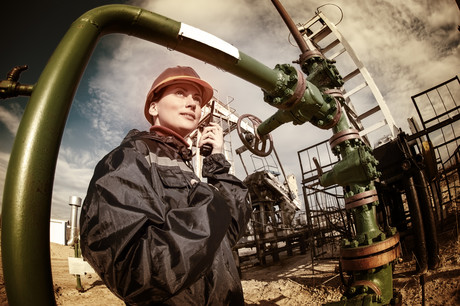Planning the solution to a crisis that's already upon us

Whether it’s reserving a portion for domestic use, or finding ways to increase production, using gas to provide more reliable base load power is a conversation we need to have.
Australia is one of the richest natural gas economies in the world. We are producing extraordinary quantities for export and are on track to becoming the world’s top exporter of liquefied natural gas (LNG) by 2021, which has allowed the coal seam gas industry in Queensland to boom.
Gas has traditionally been considered reliable, cleaner than coal and affordable, and it used to be the idea that, over time, it could provide the reliable base load power needed to fire up the nation — particularly in the transition between coal and renewables.
Markets overseas have been searching for cleaner, more stable energy sources and Australia has been stepping in to service these needs, but in the ongoing debate between coal and renewables, the role of gas as a source of reliable base load here seems to have waned.
When there’s so much cheap gas out there, why are we staring down the barrel of an energy crisis, with expensive, and limited, domestic gas available?
Firstly, gas generation has been steadily falling, with some states banning or limiting gas development altogether (while coal generation has been increasing).
So without the development of new gas fields, experts are tipping that the domestic situation is on track to move from ‘tight’ to ‘deficit’ at around the 2020 mark — all while our exports continue.
But secondly, every nation in the world that produces a major quantity of gas has some form of gas reservation policy or law designed to make sure that domestic consumers are not disadvantaged by the country’s gas export system.
Except us. The only state with any reservation policy in place is Western Australia. So Australia’s cheap gas is effectively already spoken for, and locked up for the export market out of Gladstone in long-term contracts.
Under Western Australian law, 15% of all the gas produced in the state has to stay in the state — a law designed to ensure the continuation of the domestic supply, and at an affordable price. This still allows for LNG investment, a steady level of export and for the local energy supply to remain secure.
But everywhere else, there’s no reservation whatsoever.
On the back of February’s load shedding in South Australia, which caused rolling blackouts for residents and huge headaches for our politicians, it’s clear we’re struggling to deliver reliable base load power while balancing climate change commitments at the same time.
Chief Scientist Alan Finkel’s preliminary findings into the Future Security of the National Electricity Market, ordered after last year’s South Australia blackout and handed down late last year, said, “Additional gas supply is urgently needed but the domestic supply is constrained by international LNG demand; state and territory moratoria; low rates of exploration and pipeline capacity shortages. This is adding to price pressures.”
It’s called for a portion of the gas produced on the eastern side to be reserved for domestic use, but the federal government and the gas industry have both indicated their opposition to the idea and are instead calling for an end to the state limits on coal seam gas exploration.
In the interests of finding a long-term solution, in the midst of a crisis that’s already here, maybe it’s time we threw agendas, emotions and politics aside, and did both?
Why power networks need a 'smoke alarm' system
RMIT University has designed an early fault detection system for powerlines that has been...
Can switchgear increase safety and sustainability in mining?
While switching operations are essential for the reliable functioning of electrical distribution...
Optimising Australian networks and speeding electrification
Technology has a crucial role to play in stabilising energy supply as renewables are brought...







